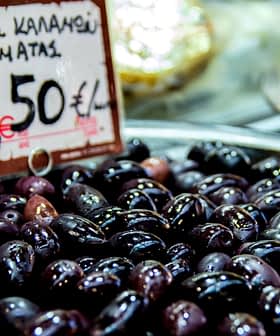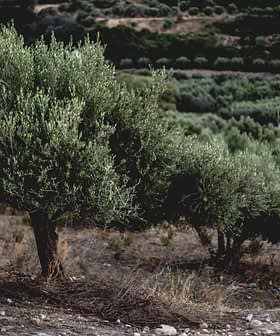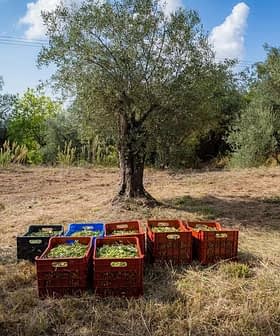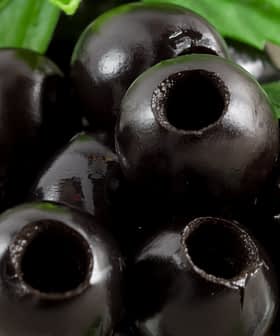Production in Turkey Rebounds as Farmers Show Their Resilience
Olive oil production in Turkey is expected to exceed 235,000 tons, the country’s second-highest total. Table olive production will reach a record high.
 Bahar Alan
Bahar Alan It has been one month since farmers began harvesting olives across Turkey, and many already anticipate an exceptional season.
Mustafa Tan, the president of Turkey’s National Olive and Olive Oil Council, told Olive Oil Times that the world’s fourth-largest olive oil-producing nation will yield 235,700 tons of olive oil and a record-high 506,800 tons of table olives in the 2021/22 crop year.
The unexpected major impact rose from the global supply chain crisis, in which it became very hard and costly to acquire anything that’s not immediately within the local area.
If the olive oil figures come to fruition, it would be Turkey’s second-highest production total, about 30,000 tons shy of the record harvest in the 2017/18 crop year.
See Also:2021 Harvest Updates“With this year’s harvest amount recording a 35-percent increase, Turkey is one of the few countries with growth and looks like it had a minimal impact from (the effects of) climate change,” Tan said. “The season’s olive oil production amount is up 24 percent compared to the average of the last 10 years.”
Despite the excellent production figures for both olive oil and table olives, the crop year has also been a difficult one. Producers once again cited climate change as an ongoing challenge during the harvest. However, the global supply chain crisis and rising production costs were also cited as major challenges.
“The biggest challenge of the season was in the labor area mainly because of the higher-than-expected costs coupled with the difficulties in finding qualified workers for the harvest,” Tan said. “The increases in the agricultural input costs are negatively impacting the sustainability of olive production.”
The wildfires that burned across southwestern Turkey also impacted many producers this year. Tan estimated that 500,000 trees were damaged by the blazes.
However, the damage was not as bad as it could have been. Tan said about 5,500 tons of olives were destroyed by the fires, which he figures would have been transformed into about 1,000 tons of olive oil, a very small loss in overall production.
A combination of the olive tree’s natural resilience to adversity and some government support for affected growers also have helped the region begin to rebuild.
“Thanks to the regeneration feature of the olive tree, these trees are already showing great recovery,” Tan said. “The impacted areas will be supported by the government via access to free saplings and credit.”
While the summer’s wildfires captured the global community’s attention, unpredictable and extreme weather paired with an overall trend of an increasingly hot and dry climate remained a larger concern for local growers.

Photo: Bahar Alan
“We believe climate change will be the nightmare of all growers and farmers in the future,” Bahar Alan, the owner of Nova Vera, told Olive Oil Times. “We are facing the effects of heavy rains during flowering seasons, lack of cold when required and extreme waves of hot or cold weather. These all decrease crop performance throughout the world.”
Nova Vera boasts more than 160 hectares of groves in the Ayvalik and Manisa regions, which are described as Turkey’s old and new centers of olive growing. Alan expects to produce about 120 to 130 tons of olive oil this year, a 15 to 20-percent increase compared to last year.
She added that her operation remained largely unaffected by the wildfires, but national production would be hurt in the future. Local bee populations, which are one of the olive trees’ main pollinators, were heavily impacted by the fires.
“This year both the wildfires in southern Turkey and the climate during the season affected negatively the amount of Memecik cultivar in Turkey,” Alan said. “This caused the olive prices to increase enormously compared to last year. Turkey’s northern Aegean part is performing better in terms of productivity this year.”
“Luckily our groves were not affected by the wildfires directly,” she added. “However, we know that the significant decrease in bee population because of the wildfires in this area will have a negative impact on productivity in the long run.”
Situated in Çine, a modestly sized city and district in Turkey’s southwestern Aegean region, the producers behind Oleamea are also anticipating a production increase, with a yield of more than 100 tons.
See Also:The Best Olive Oils from Turkey“We are currently looking for an increase from last year as our business expands in the United States, European Union and Asian retail spaces,” co-owner Merve Doran told Olive Oil Times.
As a result of this expansion, Doran emphasized that quality remains key to being competitive in so many foreign markets.
“One thing, which is the most important thing, is the quality,” Doran said. “Year to year, our only focus is to increase our capacity and keep the same award-winning quality products.”
Along with Alan, Doran also emphasized the challenges posed by climate change, both to her operation and the wider olive oil sector in Turkey.
“The drought we have experienced this year was nothing compared to any other year,” she said. “We didn’t really see any rain from May of 2021 until October 2021. This is one of the biggest challenges our industry sees that has direct effects on.”
Yusuf Ozpinar, the managing partner of Zetmar Food and International Trading Company, agreed that climate remains his biggest concern.
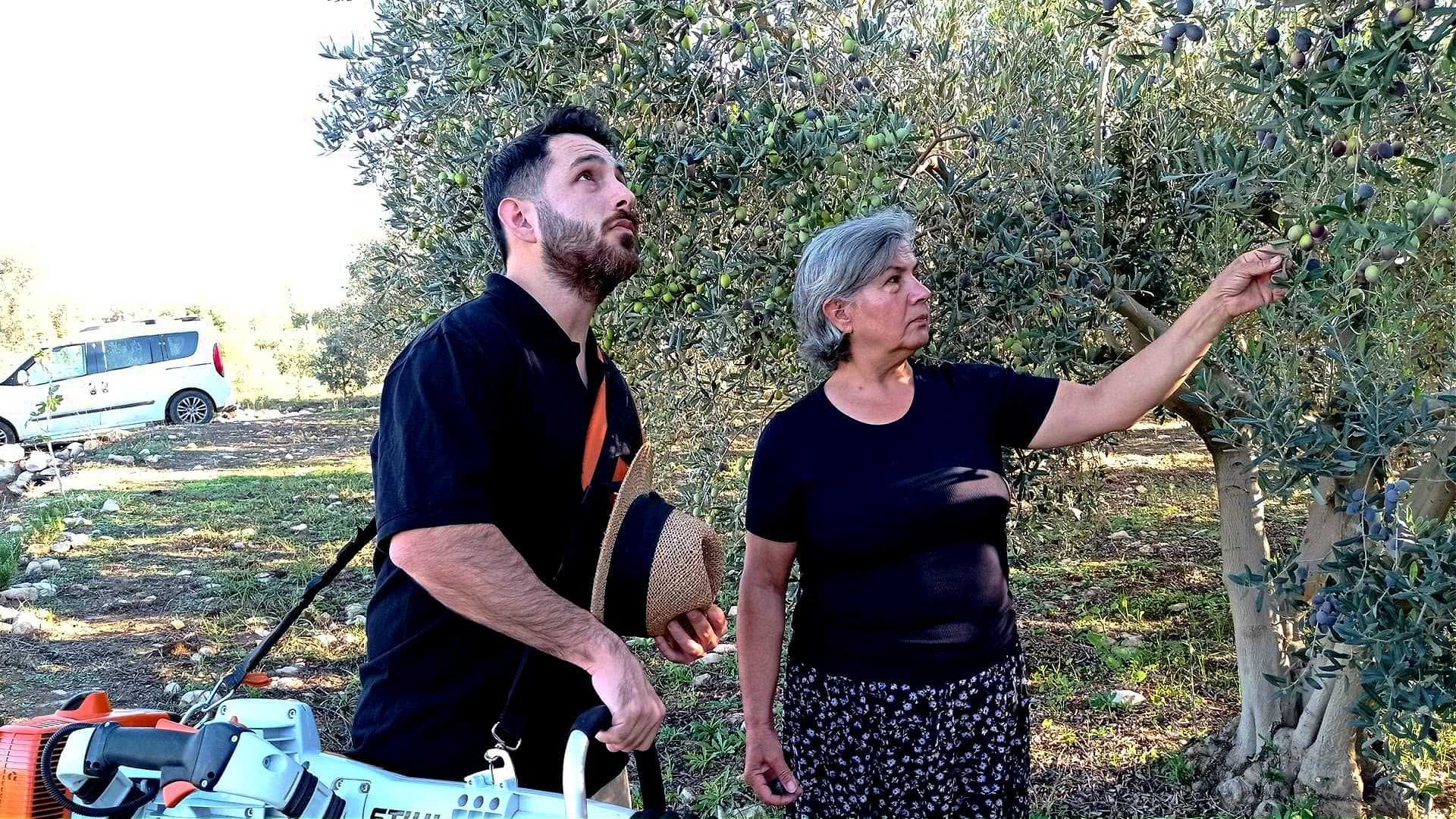
Photo: Yusuf Ozpinar
“This summer was like something we have never experienced before and it is obvious that climate change will be our greatest challenge for the next couple of years,” Ozpinar told Olive Oil Times. “Specific to harvesting; temperatures being 1.5 ºC to 2 ºC above the seasonal norm will cost us almost a 15-percent productivity loss this year.”
“Summer droughts, high temperatures, poor irrigation and less rain even in autumn have stressed the trees out and caused olive drupes to fall off without first fattening,” he added.
Ozpinar previously planned to produce between 16 to 18 tons of olive oil from his company’s trees but has revised this down to 13 to 14 tons. He also plans to produce an additional 30 tons of oil from olives he buys from other farmers.
Despite the challenges, he still expects to produce more olive oil this year than last year but will have to wait until much later in the season than usual to find out for sure.
“Under normal circumstances, all farmers usually complete their harvest at the latest by mid-December, but air temperatures continue to be higher than usual,” he said. “Therefore, the olive drupes did not fatten yet. As far as I can see, the majority of farmers decided to delay their harvest as well.”
See Also:Turkey Lifts Ban on Bulk Olive Oil Exports Ahead of ScheduleWhile climate is never far from a farmer’s mind, the 2021/22 crop year brought different types of challenges as well. The residual impacts of the Covid-19 pandemic have exacerbated the global supply chain crisis, which has given producers a new and unique set of obstacles to overcome.
Ahat Caskurlu, the co-founder of Zeytín Oil, told Olive Oil Times that he expects to produce 25,000 liters of olive oil this year, a decline to 20 to 25-percent.
Unlike many of his colleagues, the climate was not at the top of his list of concerns this season. He acknowledged that a hail storm earlier in the year damaged some of his fruit, but said the climate last crop year was far more problematic.
“The unexpected major impact rose from the global supply chain crisis, in which it became very hard and costly to acquire anything that’s not immediately within the local area,” Caskurlu said.
“When machinery broke or needs parts, we faced major delays and more than 100-percent price increases,” he added. “The global spike in gas prices also hampered our business significantly as olives and olive oil is costly to move to ports from inner Turkey.”
For Caskurlu and other producers who export the majority of their olive oils abroad, the biggest near-term problem is the global shipping crisis.
“The biggest near-term challenge for us is the ocean freight costs, which still haven’t recovered to normal or acceptable pre-pandemic levels,” he concluded. “We’re currently updating our packaging and pallet structures to try and mitigate the impact.”

